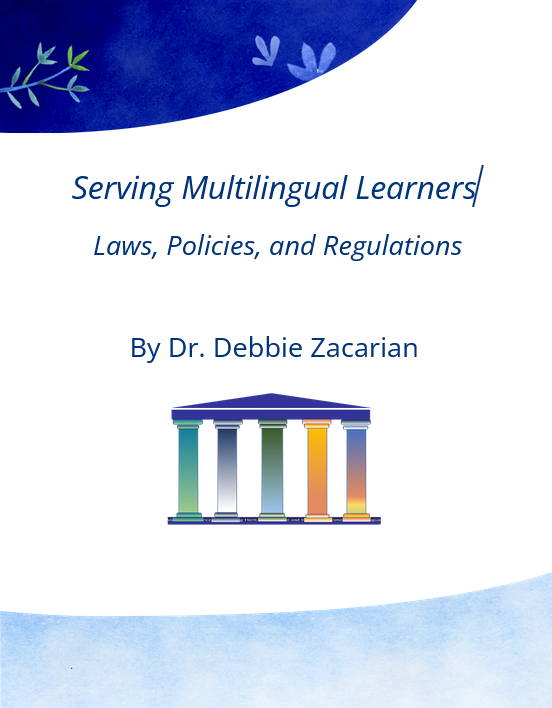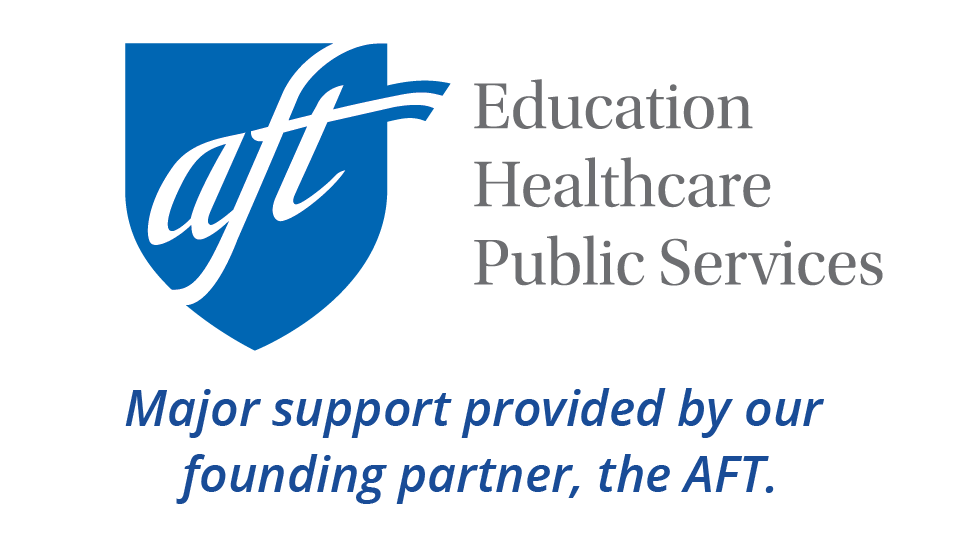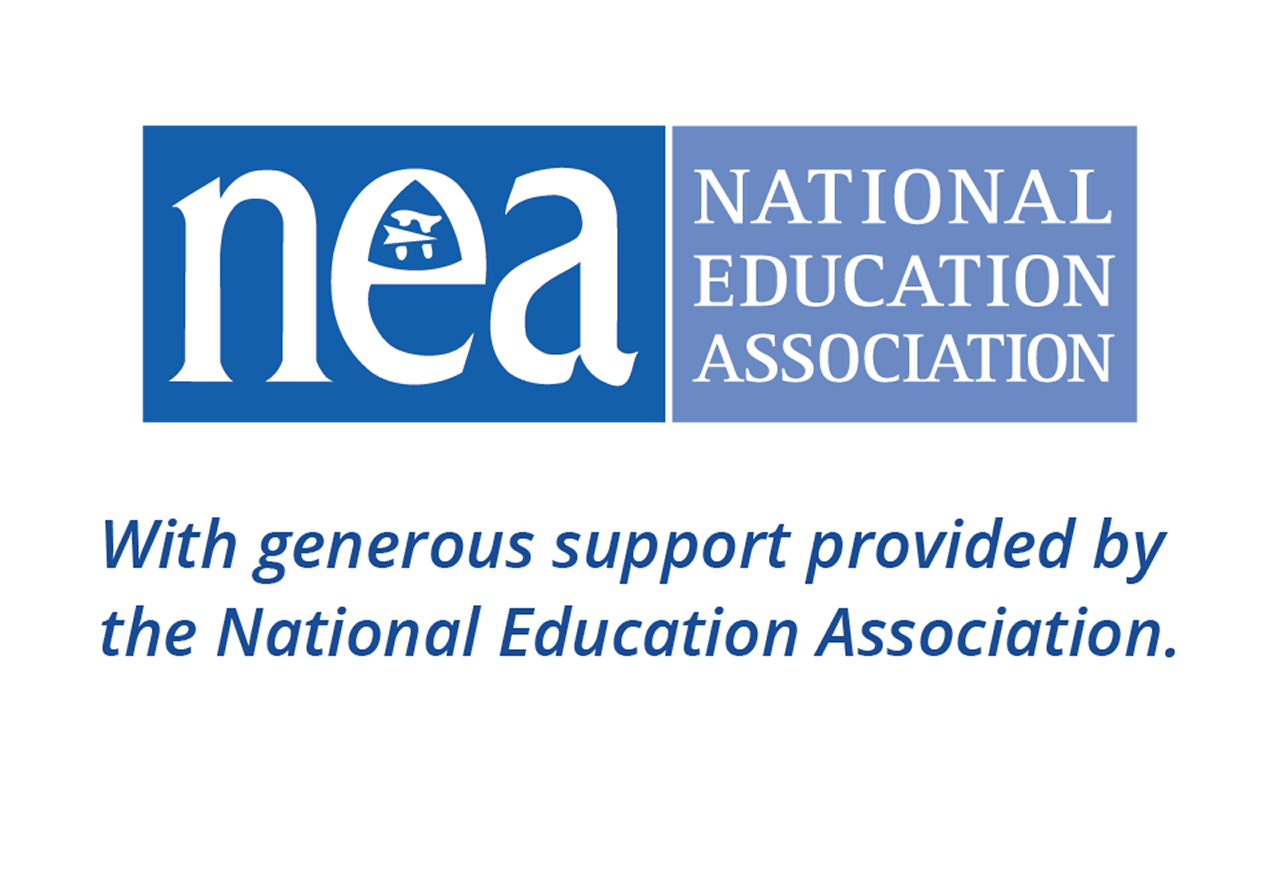The second key topic of the Dear Colleague Letter focuses on language assistance programs. What is a language assistance program? It is a sequential program of instruction that is based on sound theory and has proven to be successful in supporting students to become proficient in English. Its purpose is to "enable" Multilingual Learners (MLs) to “attain both English proficiency and parity of participation in the standard instructional program within a reasonable length of time” (U.S. Departments of Justice and Education, 2015, p. 12).
A Note on Terminology
The strengths-based term multilingual learner is used throughout this document to recognize and value students' existing language abilities and highlight what they know. Keep in mind that states may use different terms and that many federal documents use the terms "English learner" and "Limited English Proficient students."
See the federal definition of a multilingual learner in Who Are Multilingual Learners?
Guiding Questions
Download this guide
 This guide is also available in a PDF version for download and printing.
This guide is also available in a PDF version for download and printing.
- What are the federal requirements for evaluating language assistance programming?
- What action steps should be taken to evaluate our language assistance program?
Language Assistance Programs
The term Language Assistance Program is used interchangeably with Language Assistance Instructional Program, Language Instruction Educational Program [LIEP] and Language Assistance Services to describe “the affirmative actions” that a district must take to (1) properly identify students whose primary or home language is other than English and who are not yet able to perform ordinary schoolwork in English and (2) provide them with appropriate language assistance services until they can participate meaningfully in a school's or district's education program without language assistance services.
The Dear Colleague Letter references the first prong of Castañeda to describe educationally sound language assistance programs for MLs/ELs:
- “English as a Second Language [ESL], also known as English Language Development [ELD], is a program of techniques, methodology, and special curriculum designed to teach EL students explicitly about the English language, including the academic vocabulary needed to access content instruction, and to develop their English language proficiency in all four language domains (i.e., speaking, listening, reading, and writing). ESL instruction is usually in English with little use of the EL students' primary language(s).
- Structured English Immersion [SEI] is a program designed to impart English language skills so that the EL student can transition and succeed in an English-only mainstream classroom once proficient. All instruction in an immersion strategy program is in English. Teachers have specialized training in meeting the needs of EL students (e.g., an ESL teaching credential and/or SEI training), and have demonstrated strong skills in promoting ELD and SEI strategies for ensuring EL students' access to content.
- Transitional Bilingual Education [TBE], also known as early-exit bilingual education, is a program that utilizes a student's primary language in instruction. The program maintains and develops skills in the primary language while introducing, maintaining, and developing skills in English. The primary purpose of a TBE program is to facilitate the EL student's transition to an all-English instructional program, while the student receives academic subject instruction in the primary language to the extent necessary.
- Dual Language Program, also known as two-way or developmental, is a bilingual program where the goal is for students to develop language proficiency in two languages by receiving instruction in English and another language in a classroom that is usually comprised of half primary-English speakers and half primary speakers of the other language" (p. 12).
Students' Educational and Language Backgrounds
In addition to the goals of language assistance programs laid out above, the Dear Colleague Letter states that a "student's English proficiency level, grade level, and educational background, as well as language background for bilingual programs, must be considered to determine the language assistance program that will be the most effective. For example, some school districts have designed programs to meet the unique needs of EL students [referred to in this document as ML students] whose formal education has been interrupted in their country of origin, perhaps due to dislocation, war, disease, famine, or other situations resulting in missed educational instruction" (p. 12).
Salina Elementary School in Dearborn, Michigan serves as a prime example. Many of its MLs came to the U.S. because of the war in Yemen. Supported by a dedicated team of bilingual and bicultural teachers, support staff, and other personnel with roots in Yemen, a hallmark of the school's language assistance programming is the use of trauma-informed practices to address the unique social and emotional needs of its students. These programs complement a similar approach at its sister school, Salina Intermediate School, where many older siblings of the elementary school students are enrolled.
For additional Colorín Colorado resources about Salina's approach to supporting its students, see:
- 10 Strategies for Supporting SEL for ELLs: "Grow as You Go" (Breiseth, 2022)
- You are Welcome Here, an award-winning video featuring the Salina community
For more related guiding questions and considerations, see Evaluation of Language Assistance Programs, as well as English Learner Toolkit: Chapter 2.
Tools for Educators
These tools can support educators in their work related to language assistance programs for MLs. A printable version of these questions is available in the PDF version of this guide.
Action Steps: Language Assistance Programs |
|---|
Every local education agency (i.e., school and district) should assess the effectiveness of its language assistance programming for MLs. The assessment should draw from the three prongs of the Castañeda v. Pickard ruling. These action steps, drawn from Zacarian (2023, p. 184) are intended for this purpose. These questions can guide a review of a school or district language assistance program.
|
Copyright© 2023 by Corwin. All rights reserved. Adapted from Transforming Schools for Multilingual Learners: A Comprehensive Guide for Educators, Second Edition by Debbie Zacarian. Thousand Oaks, CA: Corwin, www.corwin.com. Posted with permission from Corwin Press.









Add new comment